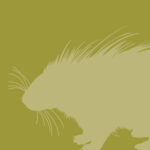
CAPE PORCUPINE
Myth: Porcupines can “shoot” their quills at you. Fact: Cape Porcupines don’t always lose quills if they come into contact with something.
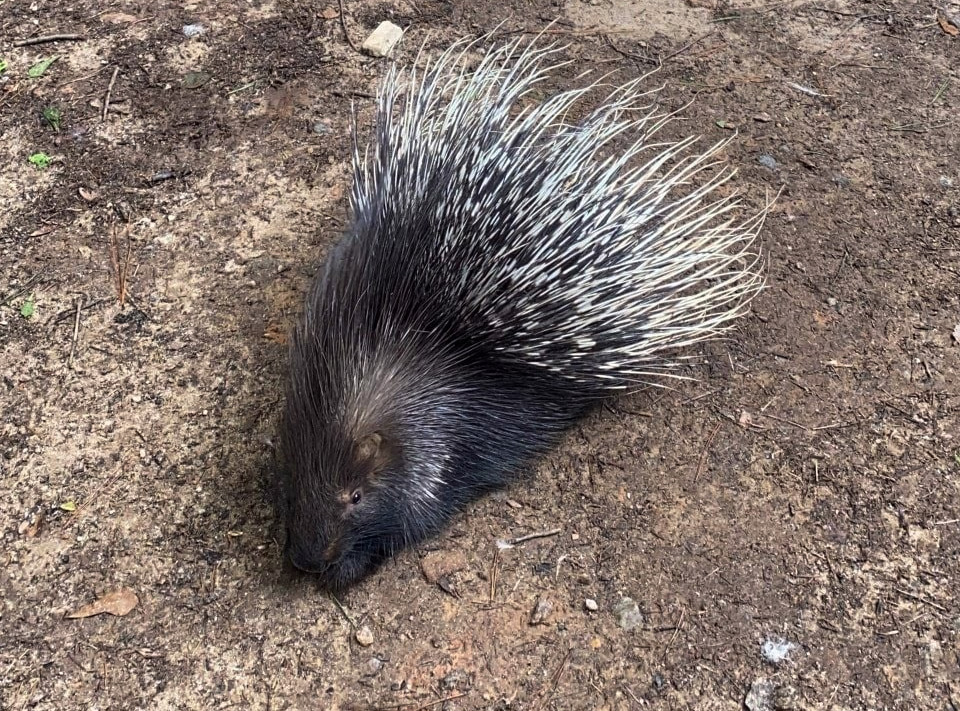
PROFILE
Fluffy was born on April 2, 2020, and came to us from a facility in North Georgia.
OVERVIEW
CONSERVATION STATUS
Least Concern
AVERAGE SIZE
Compared to a 6′ Man
AVERAGE WEIGHT
40 – 66 lbs
AVERAGE LIFESPAN
7 – 10 Years
DIET
Herbivore
REGIONS
Africa
Cape Porcupines are common throughout central and southern Africa except for the coastal desert of the southwest. They are highly adaptable and can survive just about anywhere that vegetation is available. They are more likely to be found in open rather than wooded areas, though, and seek out rocky crevices and caves for shelter.
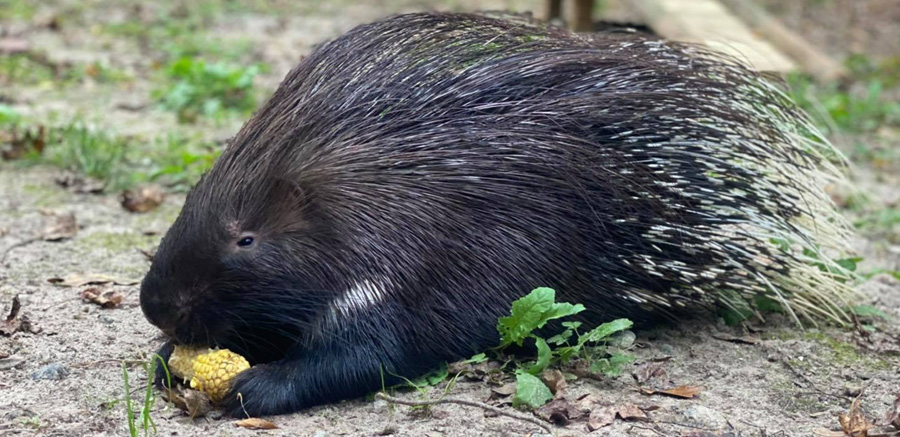
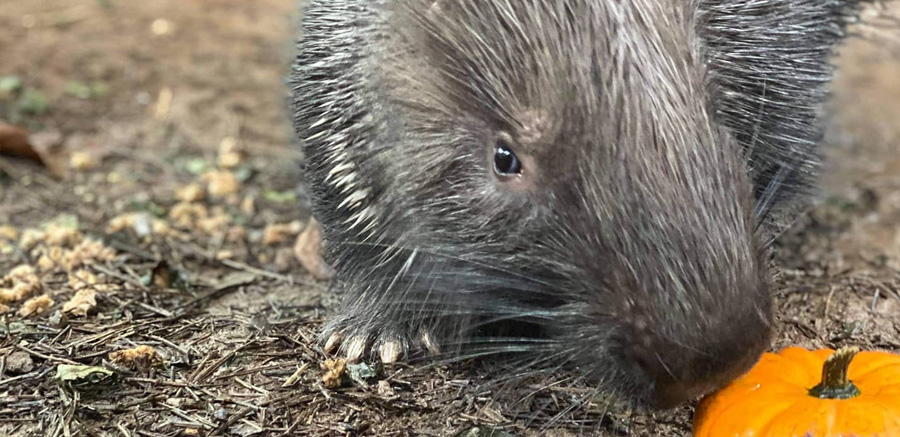
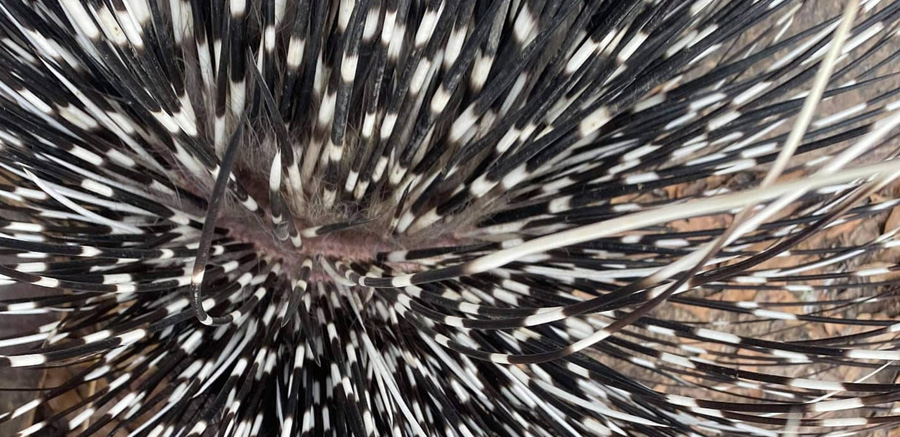
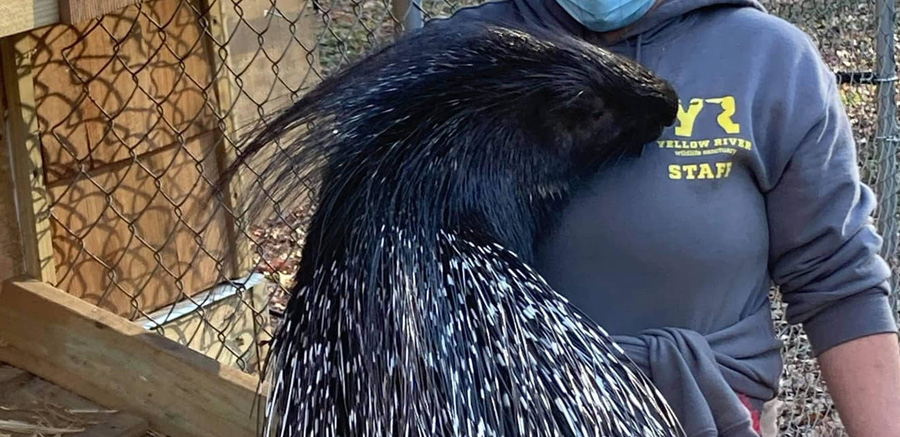
APPEARANCE
Cape porcupines’ bodies are covered with flat, bristly hairs, and they have large quills on their posterior back and sides that range from a couple of inches to a foot in length. Their short rump spines and the underside of their tails are white. The quills are striped black and white, which serves as a warning to potential predators. At birth, the quills are soft and harden as they mature. They can erect their crest and quills at will, which makes them appear large and threatening. Porcupines also have a group of hollow quills on their tails which rattle when shaken. Cape Porcupines do not have barbs on the end of their quills like North American Porcupines, so they do not necessarily lose the quill if you come into contact with one. Females may be larger than males, but otherwise, the sexes are alike in appearance and are difficult to distinguish.
CHARACTERISTICS
Capes are the largest porcupine in the world and the largest rodent in Africa. Known as an “Old World” porcupine. They are nocturnal, shy, and cautious. They forage alone at night and sometimes in small groups. Their diet consists of roots, tubers, fruit, bark, cultivated crops, and occasionally carrion. They typically live as mated pairs, caring for their young and inhabiting as many as six burrows. They will mark their territory with their scent. The Cape porcupine will run sideways or backward to stick them into predators. In some parts of Africa, porcupine quills have been used as good-luck charm ornaments and musical instruments.


